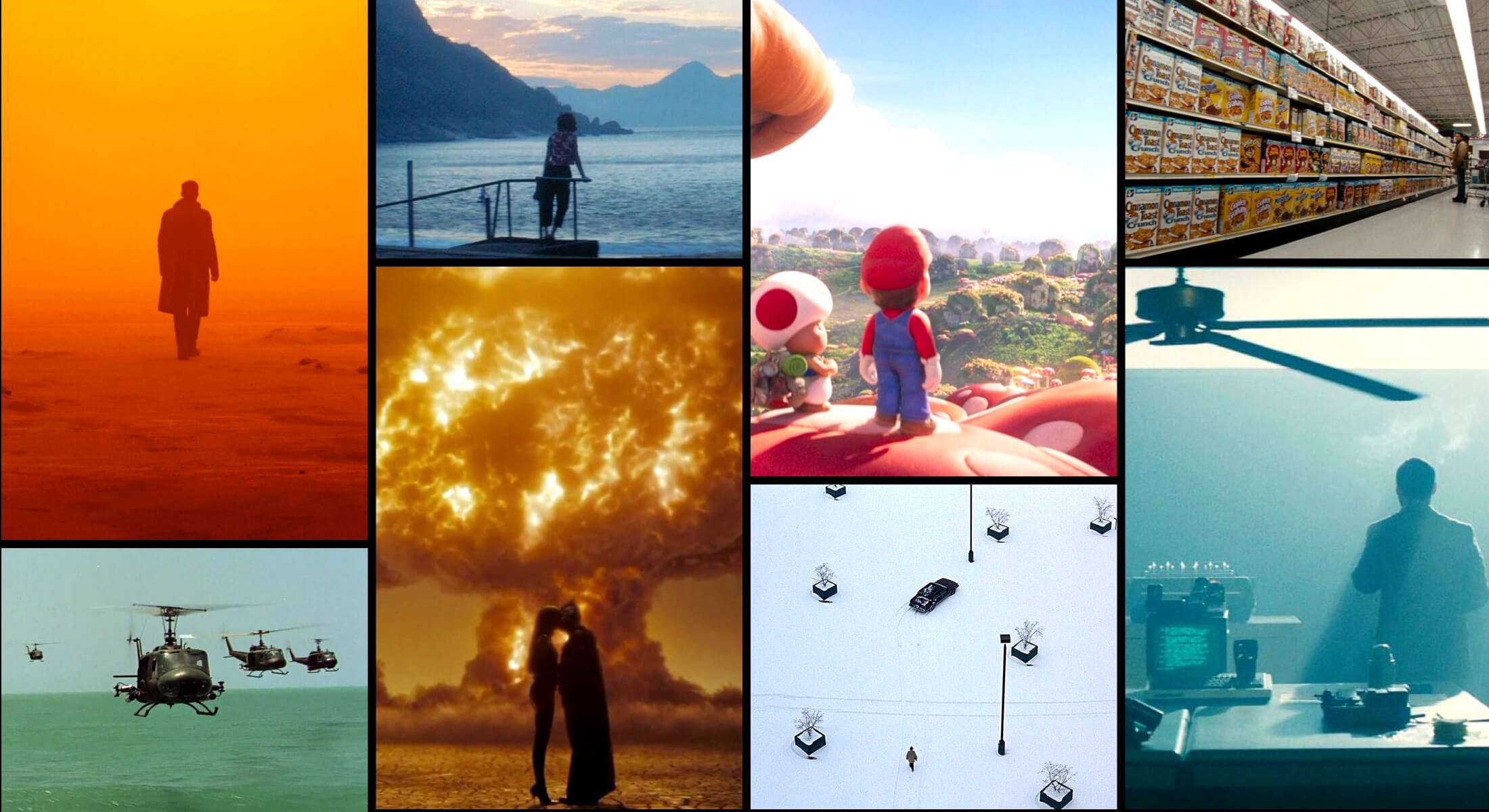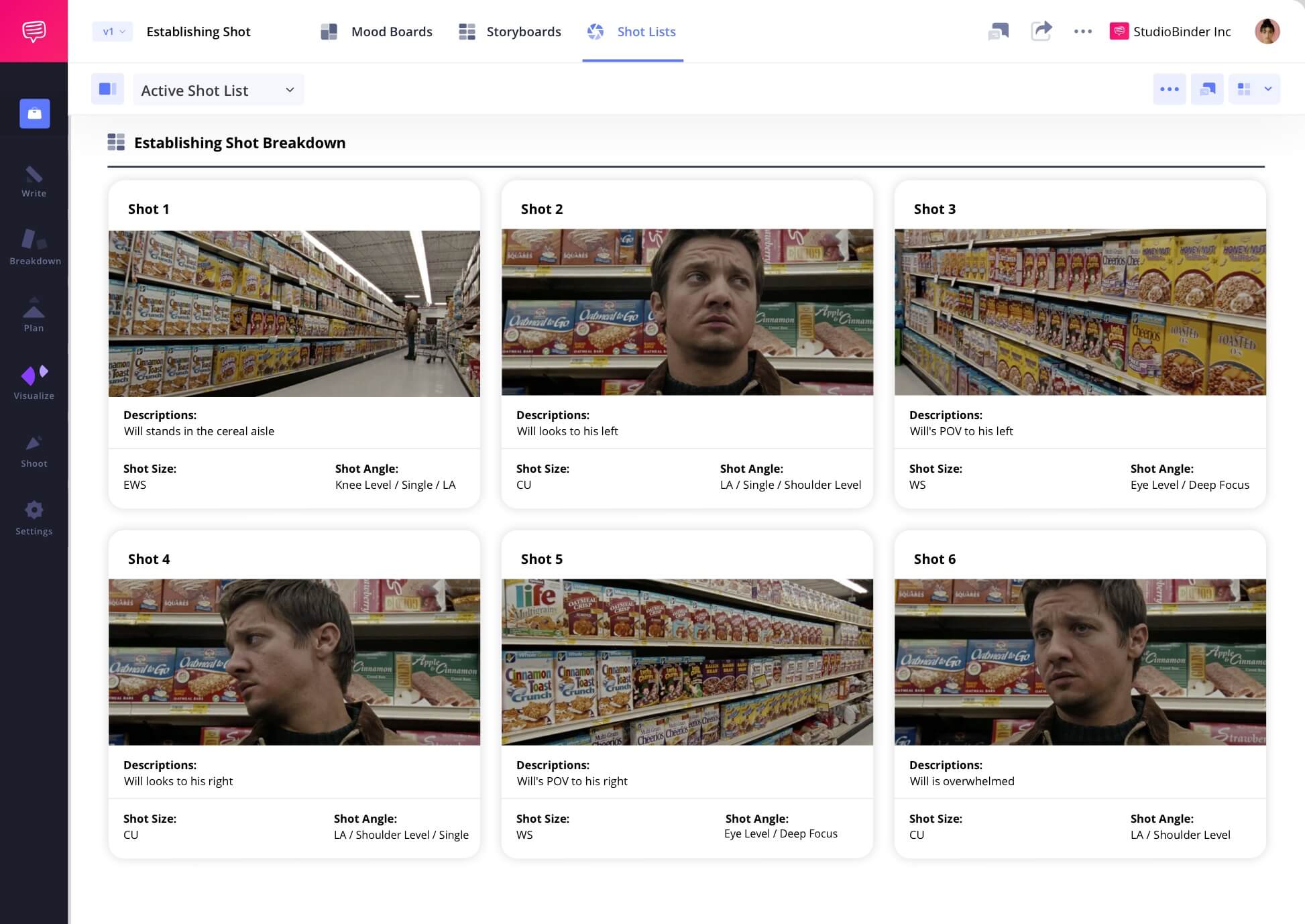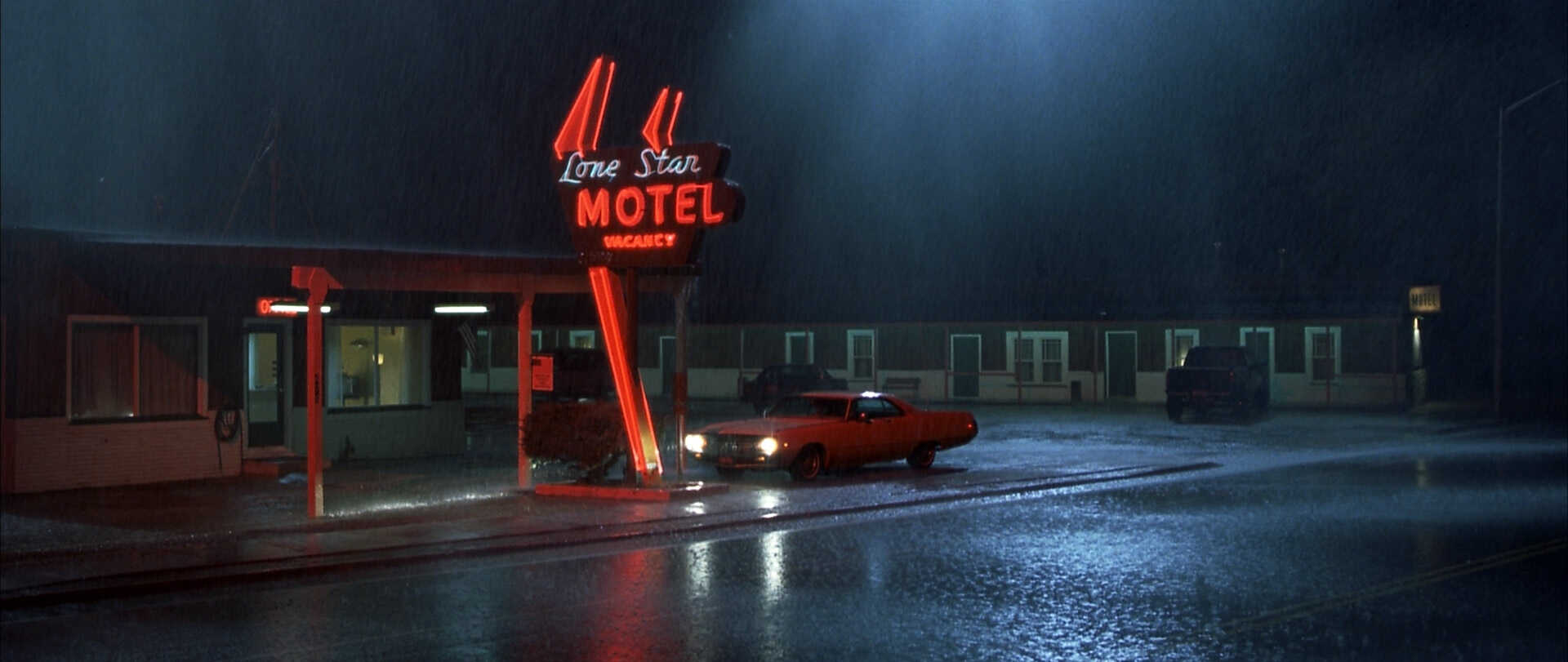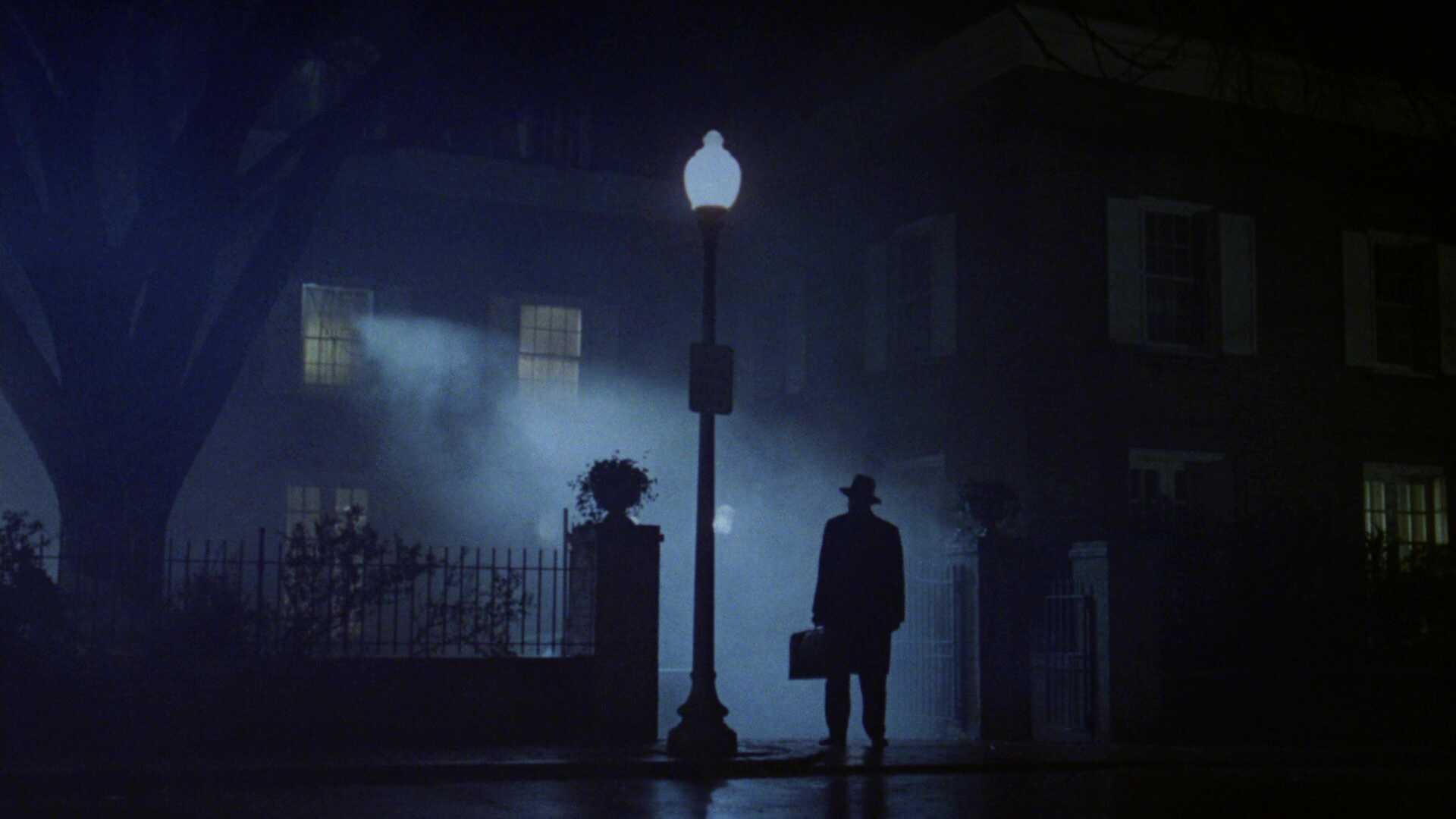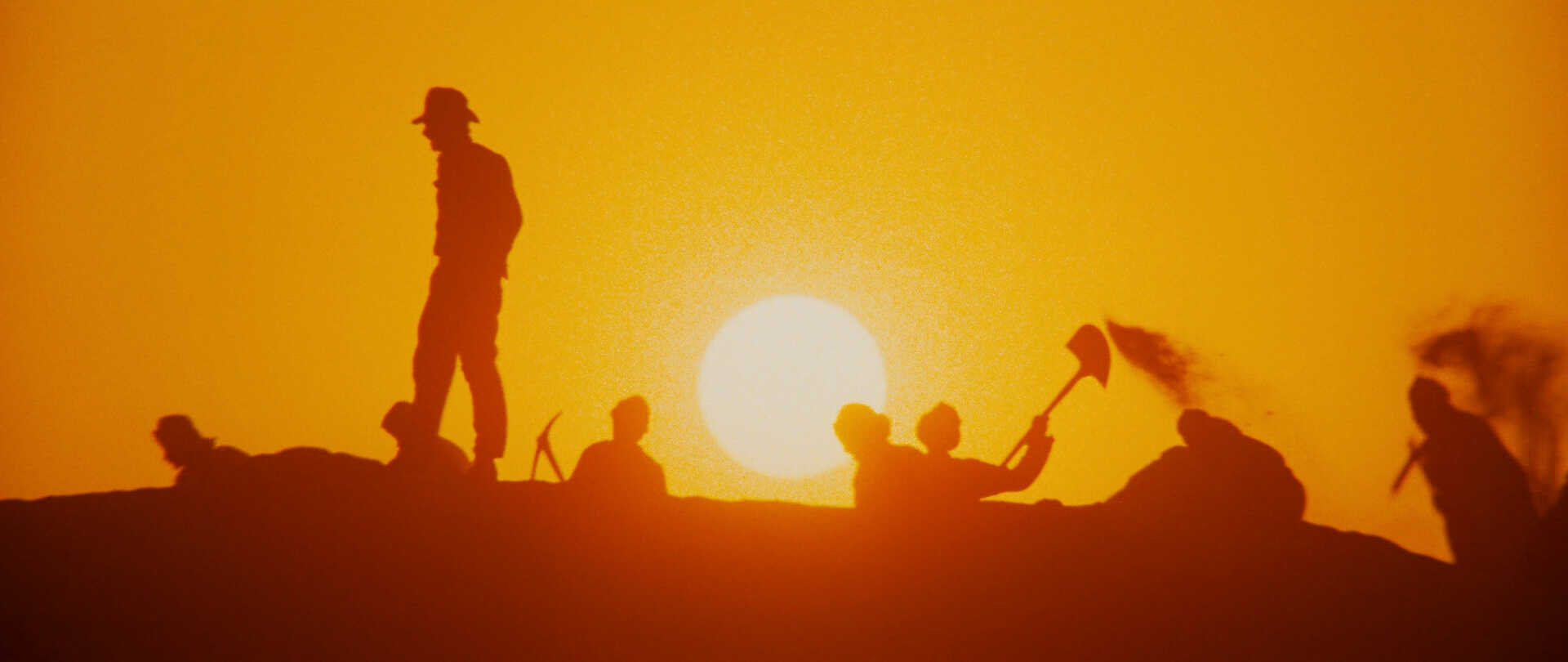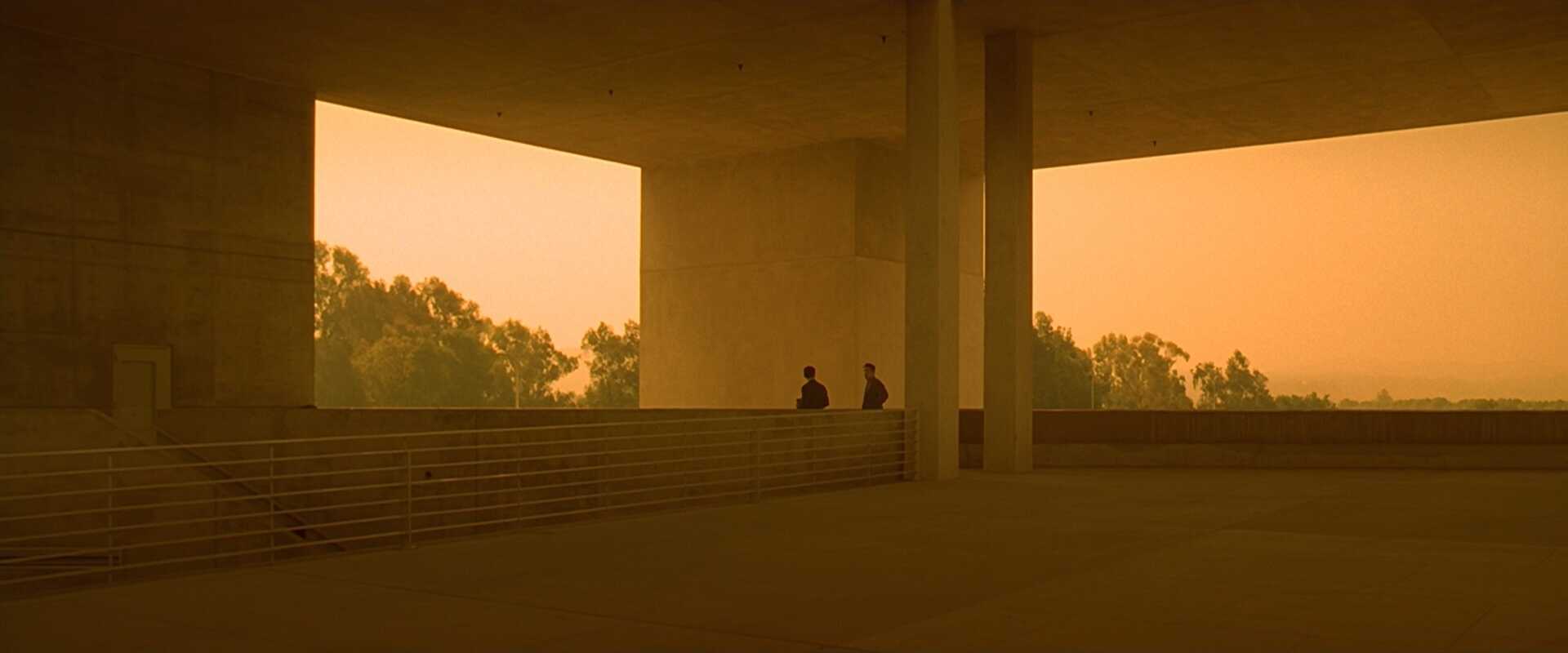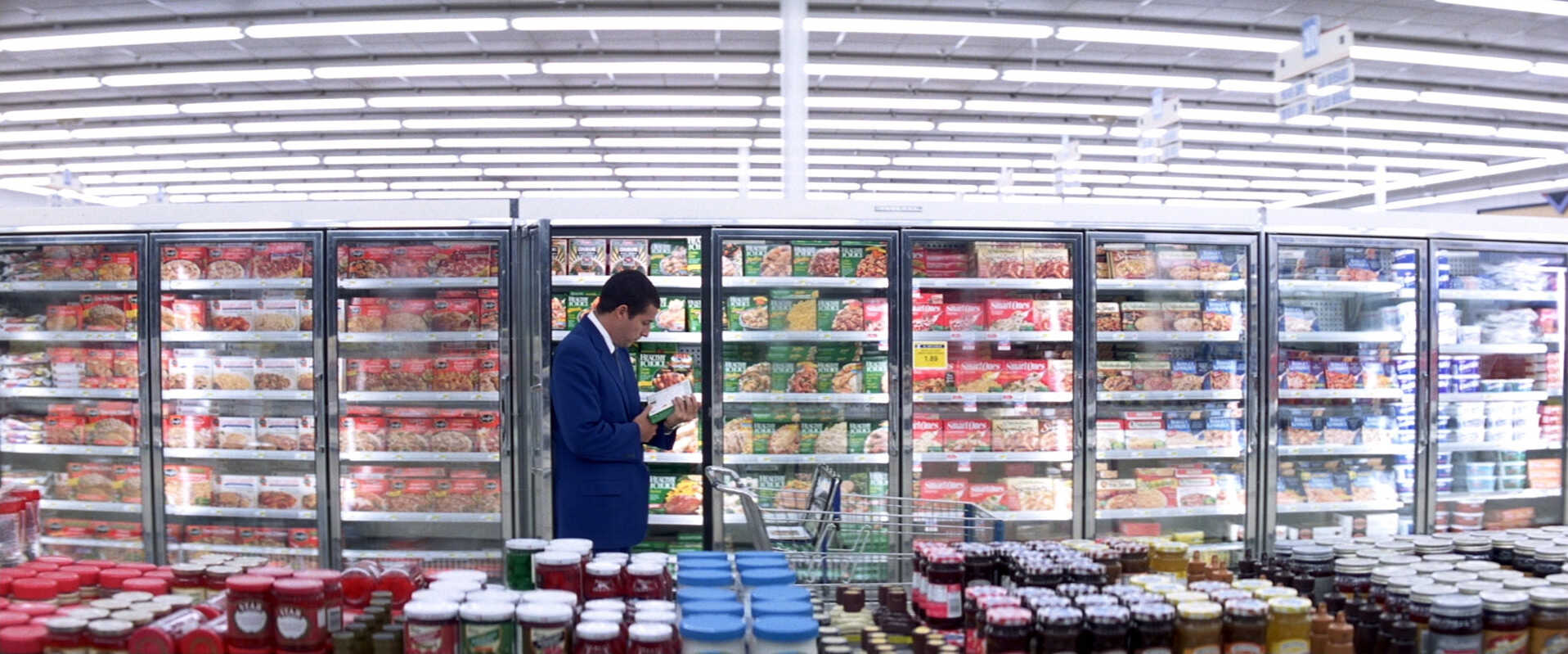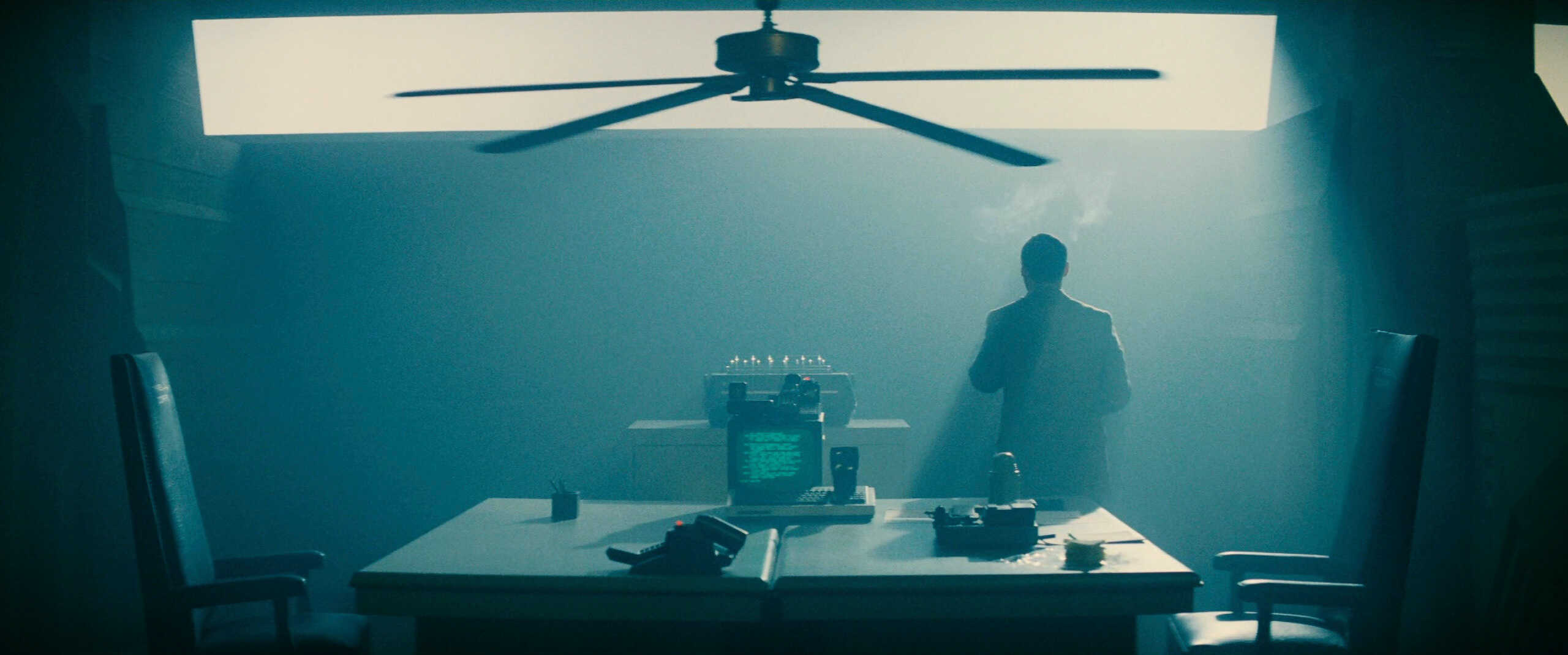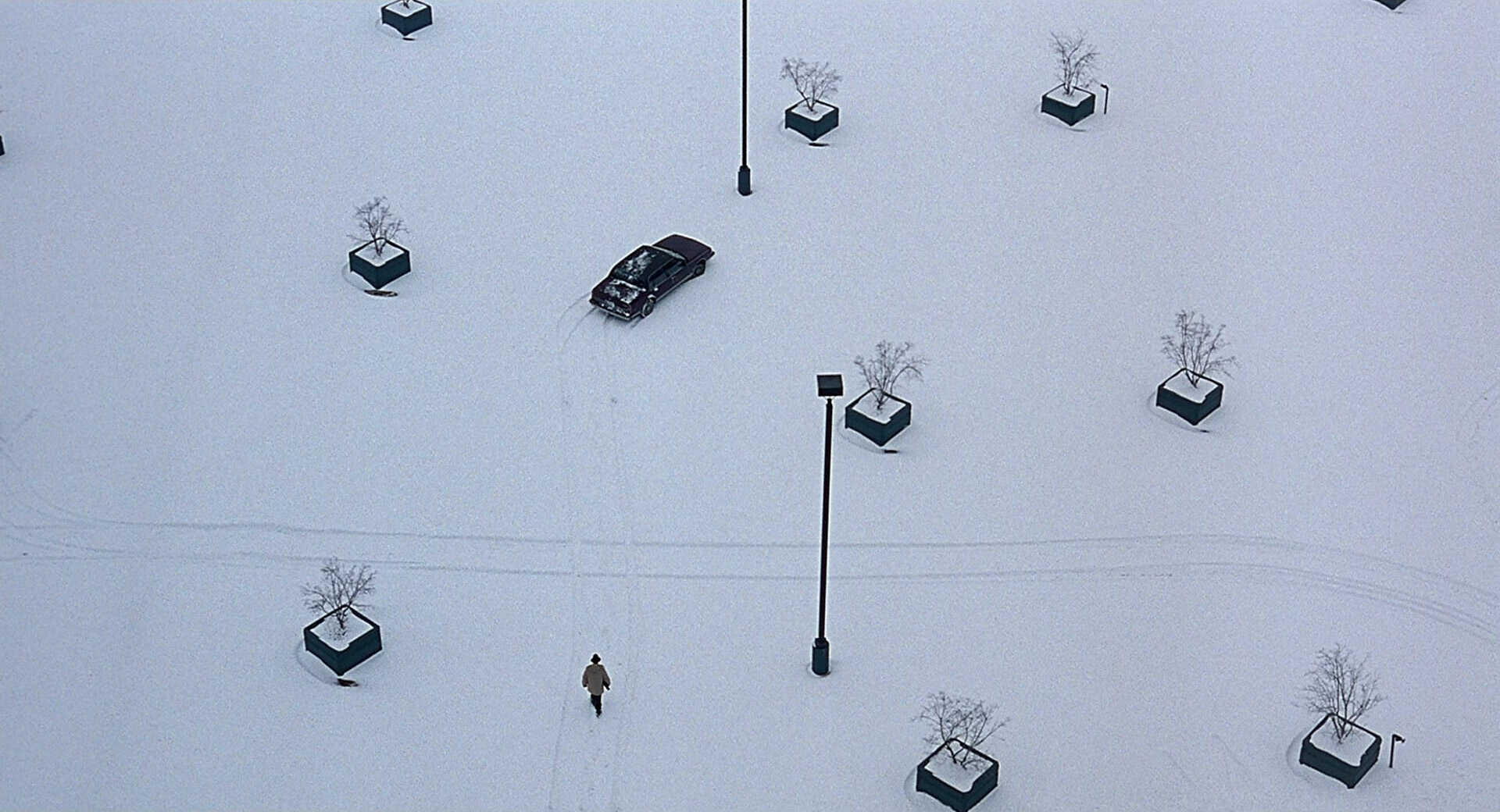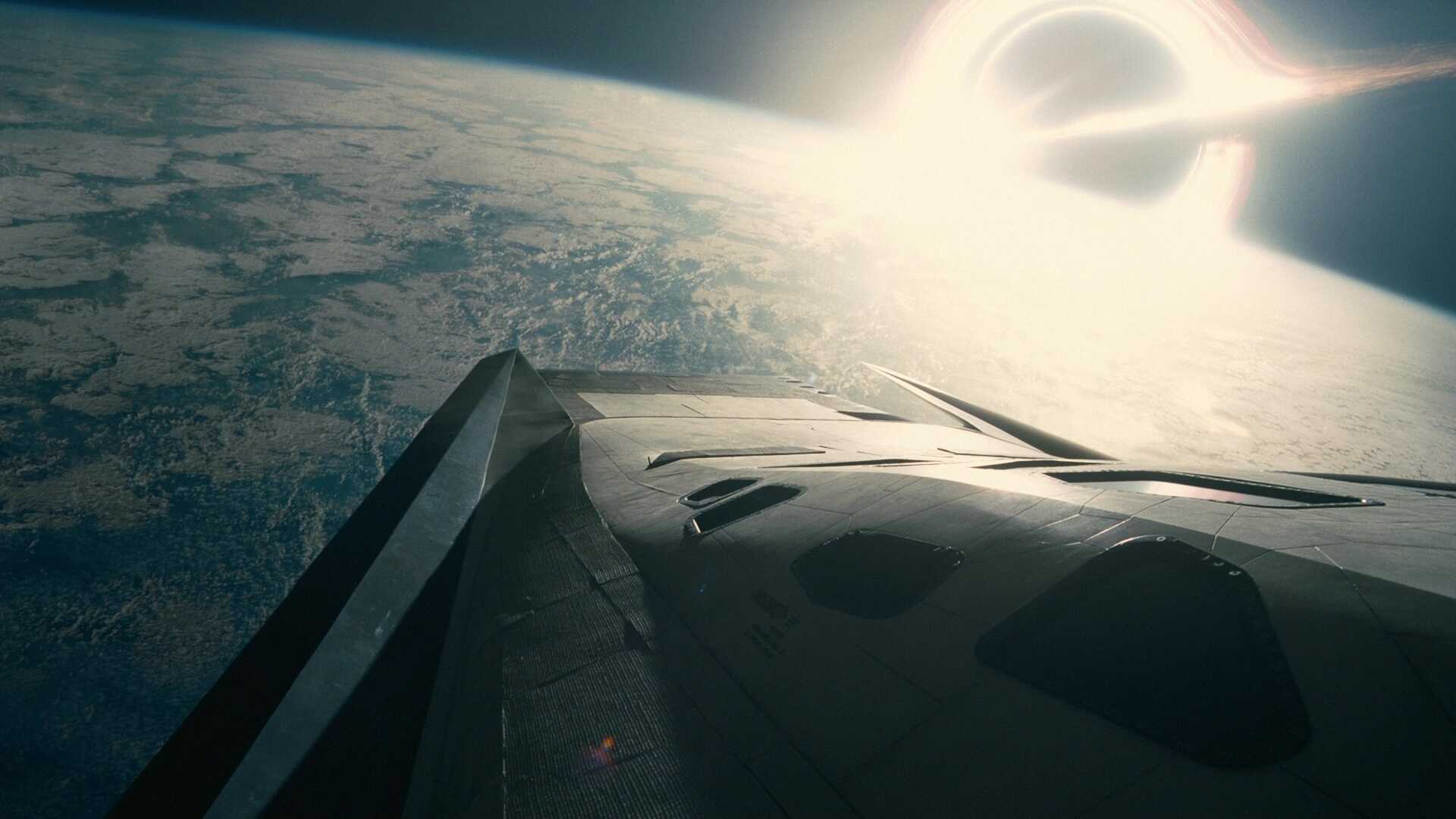Establishing shot definition
What is an establishing shot?
An establishing shot introduces the setting of a scene, sequence, or entire film. It is typically a wide or extreme wide shot. It offers information about the location, but also time and spatial relationships. Unlike character-focused shots, its purpose isn’t emotional intimacy but rather orientation. By pulling back from the action, an establishing shot places the audience firmly within the story world.
Effects of establishing shots
Establishing shot examples
Seeing establishing shots in context can reveal how these wide frames introduce setting along with tone and narrative perspective before a scene unfolds. Browse through this handpicked gallery to get a sense of how they can shape cinematic space:
Orients the viewer
Sets tonal expectations
Establishes the time of day
Creates breathing room before or during scenes
Uses
What does an establishing shot do?
Establishing shots may be familiar tools, but their effectiveness comes from how they quietly guide the viewer into a world. Rather than plunging straight into character action, these wide shots provide a cinematic pause — space to absorb the setting, the atmosphere, and what’s at stake. Here are a few ways establishing shots shape a film’s tone and narrative flow:
Setting the Stage
A well-composed wide shot immediately tells us where we are, who we're with, and anchors the current scene in a particular environment.
Tone at a Glance
Weather, light, atmospherics like smoke, and architecture in an establishing shot can set a mood long before a word of dialogue is spoken.
Spatial Awareness
These shots help map out relationships between people, buildings, or areas. This allows the audience to maintain their sense of geography.
Thematic Framing
Sometimes the shot says more than just “this is the location”: it can hint at isolation, grandeur, decay, or something else just through visual choices.
Differentiating
Establishing shot vs long shot
Establishing shots and long shots are often visually similar (both use wide framing) but they can serve different narrative functions.
An establishing shot is typically used at the beginning of a scene to provide context. It tells the viewer where and when the action is taking place, often showing a city skyline, a house exterior, or a wide landscape. Its primary role, as we’ve noted, is orientational, anchoring the viewer in the story’s geography and time.
A long shot, on the other hand, focuses more on the subject’s full body in relation to their surroundings. It doesn’t have to open a scene. A long shot might occur mid-sequence to emphasize movement or isolation. It captures physicality and spatial dynamics but doesn’t necessarily convey new setting information.
In short, while all establishing shots are long, not all long shots are establishing.
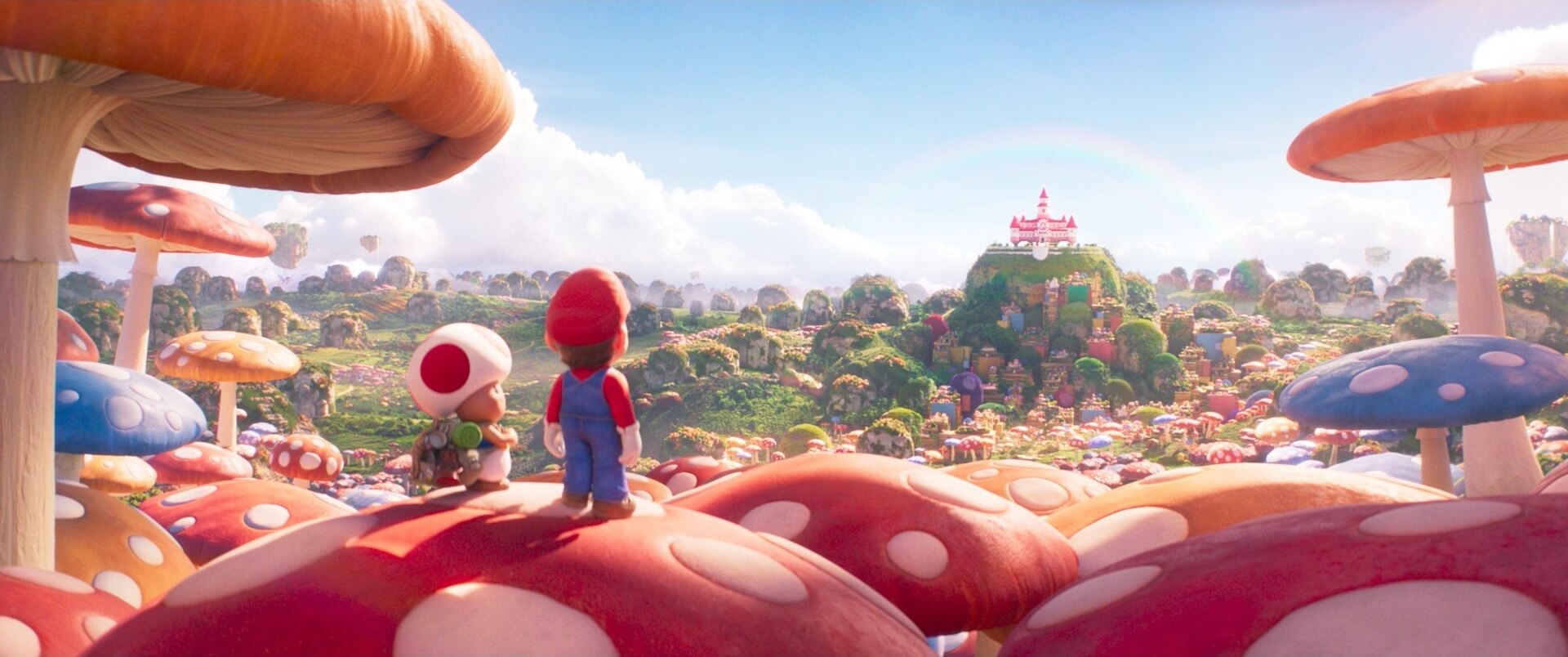
Case Study
Shot listing an establishing shot
Establishing shots can be crucial to scenes and can even be the most memorable shot in a sequence. Let’s look at an establishing shot in The Hurt Locker. As Will returns to the real world after the horrors and traumas of war, he is confronted with a new, mundane, yet overwhelming battle: choosing a cereal.
Select the shot list below to check out the scene.
Establishing shots might seem straightforward, but they’re a powerful tool for setting the tone, time, and place.
Let’s explore how this opening-frame technique can shape your audience’s understanding and expectation right away.
Unexpected pairings
How should you pair an establishing shot with other camera techniques?
How to combine an establishing shot
When used in combination with other cinematic techniques, establishing shots can do more than introduce a location: they can enhance atmosphere, rhythm, and tone. By pairing this wide frame with additional tools, filmmakers can guide the viewer’s perception from the very first moment. Here are a few ways establishing shots interact with other visual strategies:
- Time-lapse: A time-lapse shot can signal the passage of time.
- Aerial Shot: Starting with an overhead view sets a larger geographical context and gives a sweeping sense of space.
- Push-In: Gradually moving into the scene from an establishing shot builds anticipation.
- Crane: Beginning high and descending into the scene immerses the viewer and creates visual momentum.
- Dolly: Moving the camera smoothly toward or away from the scene adds dynamic energy.
- Zoom: Zooming in or out during an establishing shot can reveal details, shifting viewer attention.
- Dutch Tilt: Applying a slight tilt can unsettle the viewer, suggesting tension or instability even before the action begins.
Frequently asked questions about the eye level shot
Establishing shots usually last just a few seconds, long enough to give the audience a clear sense of location and context without slowing down the story. But this can vary depending on the pacing and style of the film.
There are no hard and fast rules, but here are some pointers:
Clearly show the setting or environment.
Provide context without overwhelming the narrative.
Match the tone and style of the scene that follows.
Avoid lingering too long.
The extreme wide or wide shot is the most frequent choice, as it effectively captures an entire location or setting, giving viewers a broad view of where the action will take place.
An establishing shot is a specific type of wide shot used primarily at the beginning of a scene to set the location and context.
A wide shot, meanwhile, can appear anywhere in a scene and simply shows the subject in relation to their surroundings, not necessarily establishing context.
